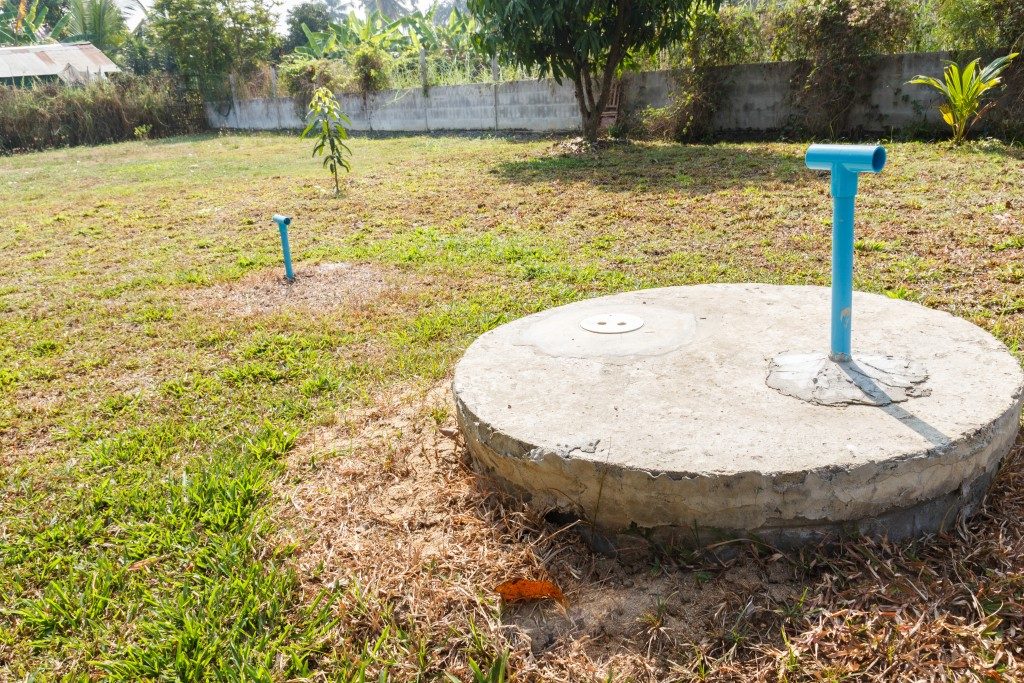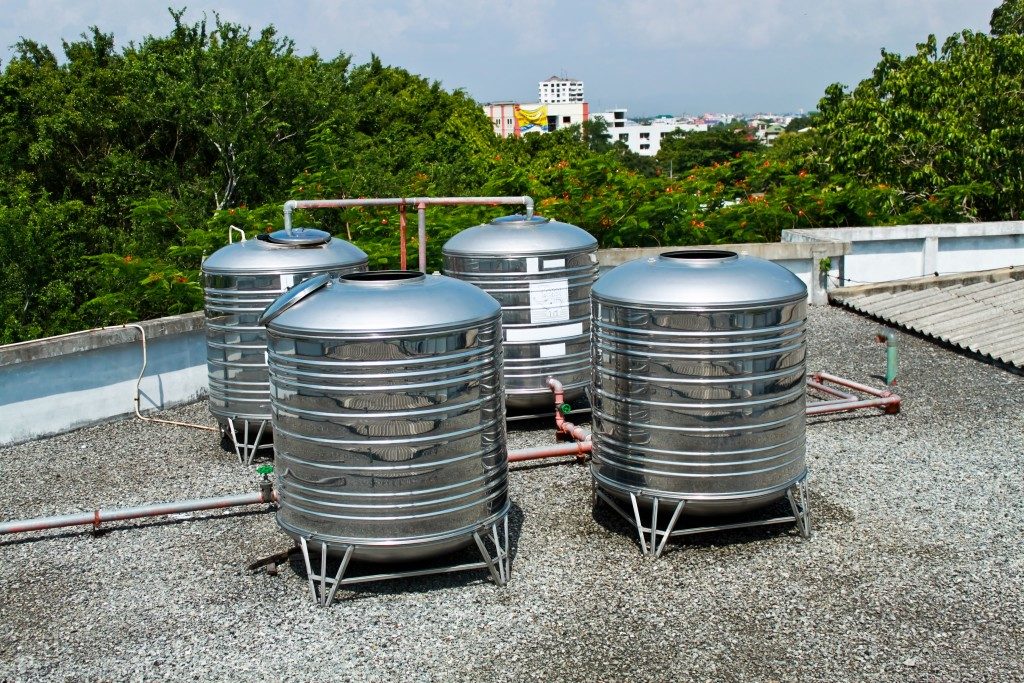When planning to install a liquid storage tank, one of the primary considerations is the material that you will use. If we were to examine strictly the quality of the material, there is a strong argument that steel would be the best option.
Upon examining the other options such as PVC tank liners and concrete structures, steel has an advantage because of the following characteristics:
Cost Effective
When compared to storage tanks made of other materials, the steel tanks are more cost-effective This is because the welded steel storage tanks will require much less maintenance cost in the long run.
Longevity
Steel is weatherproof and is able to withstand the onslaught of the elements in almost every climate or weather condition. Stainless steel tanks will not rust, is fire resistant and UV rays resistant. It can remain durable even without painting.
Versatility
Steel can be very versatile because it has innate resistance to corrosion. It has considerable durability which makes it possible to be used in many different storage applications and steel tank set ups.
Steel vs. Concrete

Concrete tanks can match the durability of steel but they have certain limitations. They can sweat if they don’t have a lining made of plastic or rubber. There are usually white powdery deposits in older concrete tanks when you view them up close, which are similar to salt.
Concrete tanks are ideal for underground locations where they are safe from exposure, but for an aboveground storage tank, it could sustain damage that can be quite difficult to repair. In contrast, stainless steel is good material for any location.
Concrete tanks can be hard to dispose of because of the sheer weight. You may need to find service providers who recycle concrete, but that is not very common. In any case, you would have to use heavy machinery, which would be costly.
Plastic or poly tanks are light and flexible to move. The plastic storage tank is commonly packaged with lifting lugs and this makes it the easiest to transfer. It also means they require less setup and inexpensive foundation preparations. This can prove valuable when you are short on time.
The question of durability is a tight one between steel and plastic. On the surface, it seems easy to deduce that steel would trump plastic. Polyethylene storage tanks can be durable if they have thick sidewalls while being more flexible than stainless tanks. They can absorb more damage and have longer warranties.
However, the drawback for plastic unravels when you intend to store potable water for human consumption or for watering plants. “Plasticized” PVC, has been declared unsafe in some countries because some plasticizing elements can blend into the water. Any plastic tank has to be examined if it will be used to store potable water.
This is not a limitation of stainless steel storage tanks which have been declared as the most secure container for potable water.
Stainless steel may cost more at the onset, but just like any other worthy investment, it would pay for itself in the long run as the alternatives rake in more maintenance costs. If you have the budget, stainless steel is the way to go.




